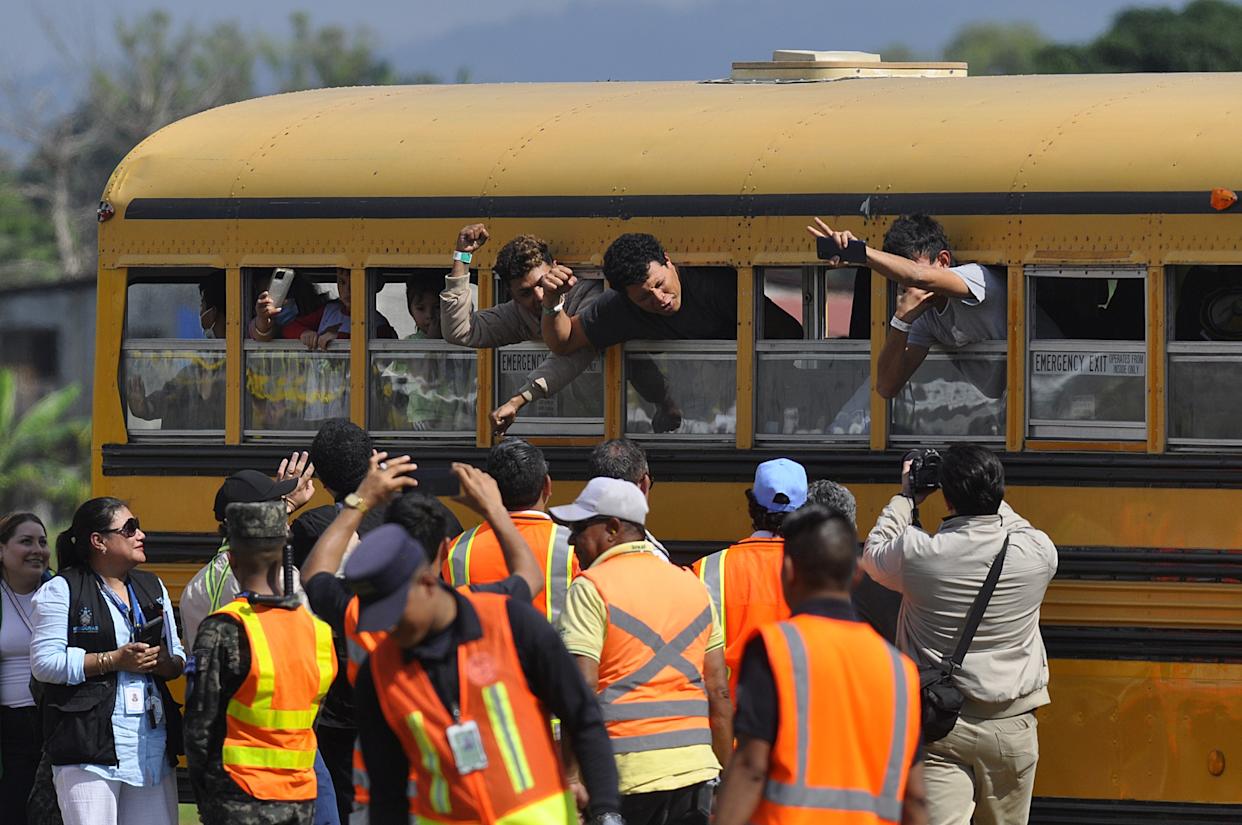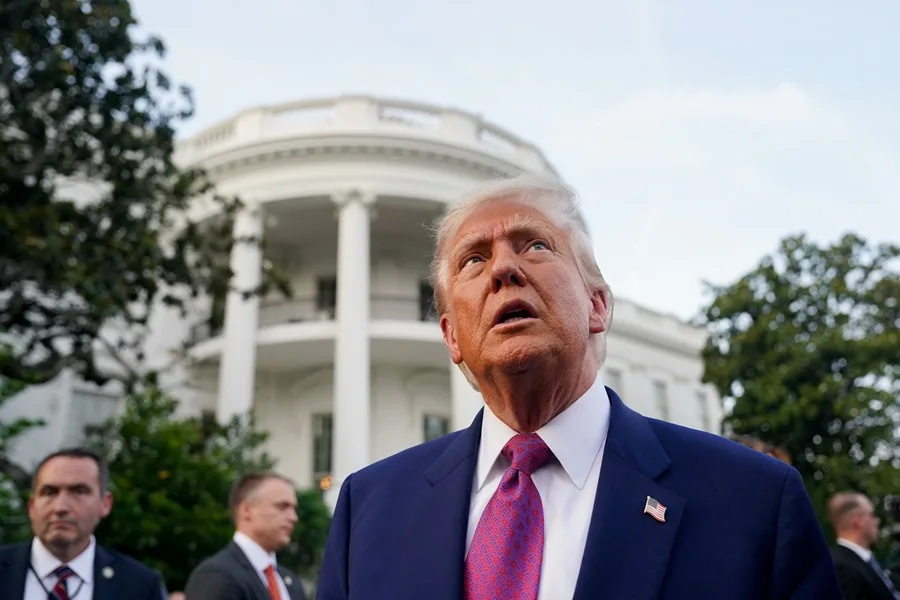International
Peru vote review can resume as new judge sworn in

AFP
Challenges to balloting in Peru’s disputed June 6 presidential election can resume as a new judge was sworn in Saturday to the panel overseeing vote disputes.
Leftist Pedro Castillo took a majority of votes, according to the unconfirmed count, in an election his right-wing rival Keiko Fujimori — charged with corruption in an unrelated scandal — claims was riddled with fraud.
The election has not been called due to the fraud claims from the Fujimori camp, which asked the National Jury of Elections (JNE), the final vote arbiter, to review thousands of votes.
If she loses, Fujimori risks an imminent graft trial that would otherwise be delayed until after her presidential term.
One of four JNE judges, Luis Arce, announced Wednesday that he “declined” to continue his duties, from which he cannot resign under law until the job at hand is done.
On Saturday Victor Raul Rodriguez was sworn in as Arce’s replacement.
“Electoral justice cannot remain paralyzed or blocked,” said Jorge Luis Salas, the top JNE official.
Salas has endured fierce criticism from Fujimori supporters and even demonstrations outside his home.
The JNE has had to weather a highly polarized political environment that has seen large demos in favor of Fujimori and Castillo, including two in Lima on Saturday.
The situation was further rocked this week by the airing of audio from Vladimiro Montesions, the nefarious intelligence chief under Fujimori’s father Alberto Fujimori (who was president from 1990-2000). Montesions is currently serving time for human rights abuses.
In the audio the imprisoned Montesinos gives instructions to buy three of the four JNE magistrates and throw the election for Fujimori.
According to the full vote count, Castillo received 50.12 percent of the votes in the election, or some 44,000 more than Fujimori.
The United States has declared the vote “free, fair, accessible and peaceful” and the Organization of American States has said it was without any “serious irregularities.”
The JNE has already rejected the majority of Fujimori’s objections.
Peru’s new president is due to be sworn in on July 28, the country’s independence day.
International
Meta Says Russia Seeks to Ban WhatsApp for Defending Secure Communication

U.S. tech giant Meta, the parent company of WhatsApp, said that Russia is seeking to ban the messaging app because it “challenges government attempts to violate people’s right to secure communication.”
Russian authorities have encouraged citizens to switch to state-backed applications, and in August they already blocked WhatsApp’s calling feature.
On Friday, the communications regulator Roskomnadzor claimed that the platform was being used to “organize and carry out terrorist acts in the country, recruit perpetrators, and facilitate fraud and other crimes.”
“If the messaging service does not comply with Russian law, it will be completely blocked,” the regulator warned.
WhatsApp remains one of Russia’s most widely used messaging services, alongside Telegram.
Moscow is pressuring both platforms to grant authorities access to user data upon request for investigations into fraud and activities the government labels as “terrorist.”
Human rights advocates fear the demand could be used to target critics of the Kremlin, President Vladimir Putin, or the war in Ukraine.
International
Archbishop Wenski criticizes Trump’s deportation policies, calls for stronger push for reform

The Archbishop of Miami, Thomas Wenski, has called for increased pressure on the U.S. Congress to advance comprehensive immigration reform and criticized President Donald Trump’s mass deportation policies, arguing that they “do nothing to help.”
“We need to apply more pressure on Congress so lawmakers can make the necessary changes. It is also important for the Administration to listen to our voice. We do not want to be anyone’s enemy—we are Americans,” Wenski said in an interview with EFE.
The religious leader, who heads one of the dioceses with the largest Latino and Haitian populations in the United States, issued a call to defend the rights of migrants. He also emphasized that the U.S. Conference of Catholic Bishops (USCCB) has maintained a strong and public stance in favor of migrants for decades.
International
Trump relaunches diplomatic push to finalize U.S.-Backed peace plan for Ukraine War

U.S. President Donald Trump announced on Tuesday that his diplomatic team will resume meetings with delegations from Russia and Ukraine in an effort to pressure both sides to accept the peace plan proposed by Washington to end the war in Ukraine.
As part of this new round of talks, U.S. Special Envoy Steve Witkoff will travel to Moscow to meet with Russian President Vladimir Putin. Meanwhile, Army Secretary Dan Driscoll will hold discussions with Ukrainian representatives to narrow differences on the remaining points of the agreement.
Trump also confirmed his intention to meet personally with Ukrainian President Volodymyr Zelensky and with Putin, though he emphasized that such meetings will only take place “when the agreement is fully finalized or in its final stage.”
The president claimed that his administration has made “tremendous progress” toward resolving the conflict and reiterated that the war “never would have started” if he had been in the White House at the onset of the crisis.
The U.S.-backed peace plan consists of 28 points and has been revised following feedback from both sides. According to Trump, only “a few points of disagreement” remain under active discussion.
One of the most controversial aspects of the proposal is the suggestion that Ukraine cede parts of the Donbas region to Russia and limit the size of its armed forces. Kyiv is working closely with Washington to soften these clauses in search of an arrangement that does not compromise its sovereignty or security.
With this diplomatic push, Trump aims to solidify his role as the main mediator in the conflict and steer the war toward a political resolution after years of devastation, humanitarian crisis, and rising global geopolitical tensions.
-

 Central America2 days ago
Central America2 days agoTrump Pardons Former Honduran President Hernández and Warns of Aid Cuts Ahead of Election
-

 Central America4 days ago
Central America4 days agoPanama reinforces security with new helicopters and Super Tucano Aircraft purchases
-

 Central America4 days ago
Central America4 days agoTrump urges hondurans to back conservative candidate Nasry Asfura in november elections
-

 International4 days ago
International4 days agoArchbishop Wenski criticizes Trump’s deportation policies, calls for stronger push for reform
-

 Central America1 day ago
Central America1 day agoHonduras’ China–Taiwan Future Hinges on Sunday’s Presidential Election
-

 Central America7 hours ago
Central America7 hours agoHonduras Extends Voting by One Hour Amid High Turnout, CNE Announces
-

 Central America4 days ago
Central America4 days agoWashington calls for oversight as Honduras faces allegations of electoral interference
-

 International2 days ago
International2 days agoMeta Says Russia Seeks to Ban WhatsApp for Defending Secure Communication






























